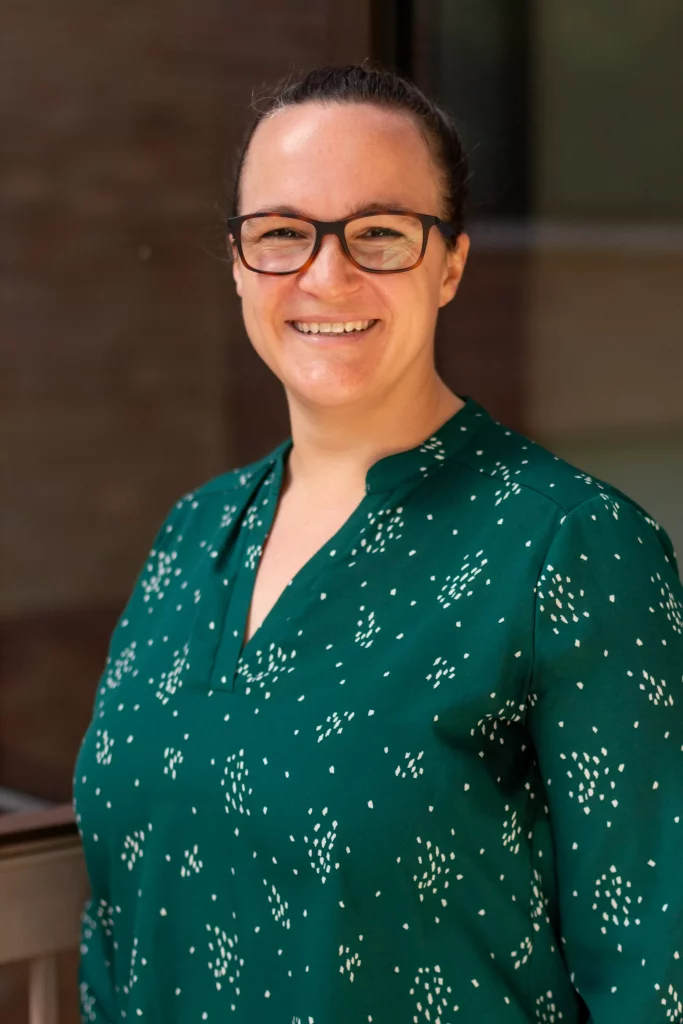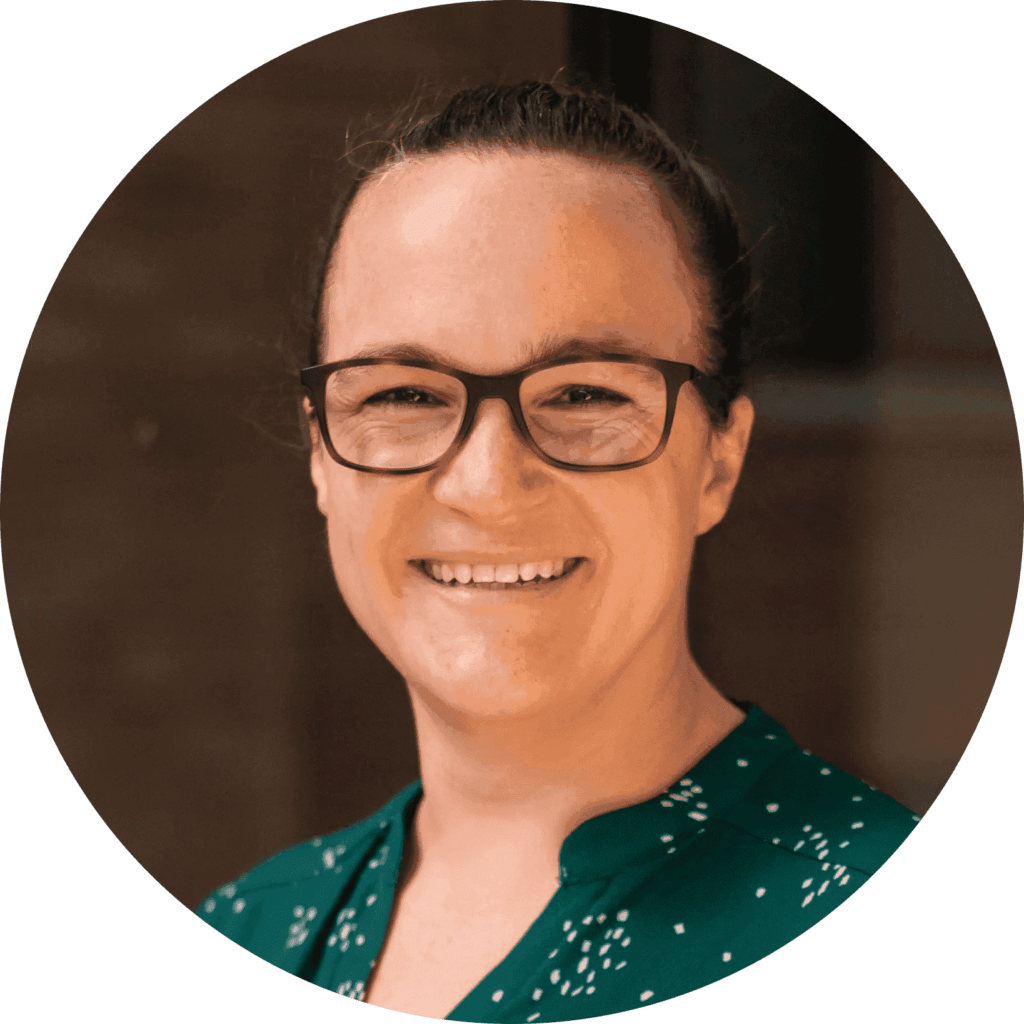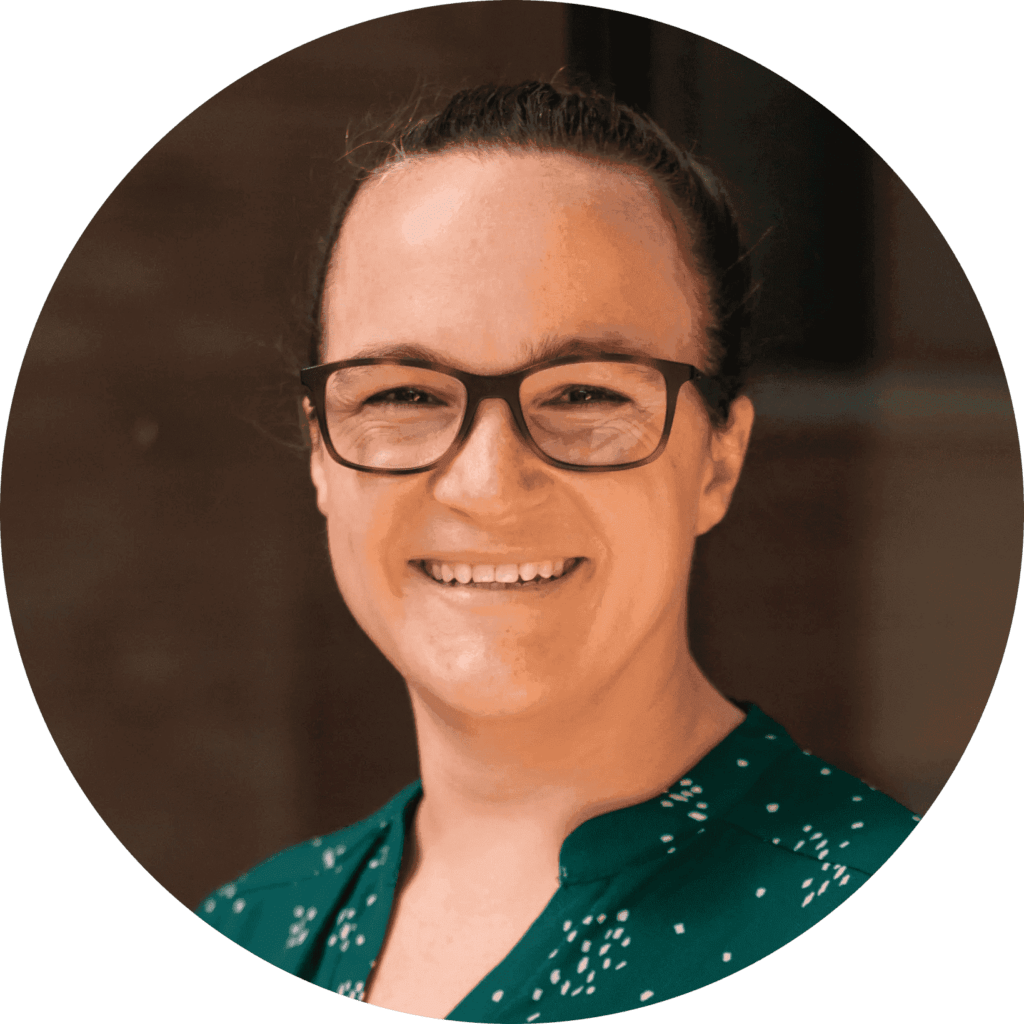Making Assessment Time Less Daunting and More Valuable
100+
students enrolled per semester
DFW
rates declined after using Top Hat

The Challenge
Using tests to empower both student and educator
Elizabeth Sargent had a straightforward but lofty goal: She wanted to turn assessments into a time where students felt their most empowered and confident selves. Sargent, Biology Lecturer at Georgia Southern University, knew that testing students twice a semester in a high-pressure environment wasn’t a fair evaluation of learning. This form of testing—granular quiz, poll and discussion grades—also didn’t give her the data she wanted to support students when they needed it most.
Sargent has dedicated much of her teaching career to active learning and research-based practices to support education—so rethinking traditional assessments came natural. The previous teaching platforms Sargent used made it hard to identify and help struggling students. The lack of data wasn’t helping, either. Sargent began searching for a solution that would allow her to frequently quiz students in a low-stakes and low-pressure way, giving her an instant view of their level of comprehension.
She first used Top Hat in her Principles of Biology I course in Summer 2019, which allowed her to create an assessment system with student support and active learning at the forefront. Top Hat has since helped Sargent deliver engaging and active polls, discussions and quizzes—making students receptive to, as opposed to dreading, their exams.

The Solution
Applying active learning strategies to get all students on the same page
Sargent has broken her course into units that run for four weeks, giving students plenty of time to master the concepts. A typical unit starts with pre-lecture quizzes and low-stakes polls during class. Case studies assigned as homework incorporate topics that students are passionate about, making formative assessments more enjoyable. Before completing their final end-of-unit test individually, students take part in a group exam that allows for peer-to-peer support. “This helps everyone get to the same place. Students are responsible for their own learning, but they’re never on their own,” Sargent says. She also incorporates introductory lecture videos in her pre-class quizzes to compensate for the time spent completing practice exams.
To make assessments even more valuable to students, Sargent pulls in material that matters to them. “My topics are static, but the examples we use change every semester based on what students want to learn and what’s relevant to their lives and career paths,” she shares. Top Hat’s interactive quizzes and assignments have also helped students understand not just what, but why, they’re learning new concepts in advance of their finals. Sargent identifies which of the six rungs of the Bloom’s Taxonomy ladder her questions map onto, supporting students in getting from remembering concepts to applying and analyzing material on their own.
As a data-driven educator, Sargent uses Top Hat to study participation and comprehension metrics. Students also get an instant indication of how they fare after every assessment they complete on the platform. No longer having to wait for limited insights at the end of the semester, Sargent can now view real-time patterns in student performance that allow her to tailor the pace and breadth of her lessons accordingly. “Top Hat creates an environment where students are even more likely to not just come to class, but to participate,” she shares.
“My topics are static, but the examples we use change every semester based on what students want to learn and what’s relevant to their lives and career paths.”

The Results
DFW rates are at an all time low; attendance and participation are at an all time high
In Sargent’s class, frequent discussions, group exercises and case studies built around student needs have helped highlight the value of her lessons and attendance rates have soared as a result. Her learners don’t just attend class—they arrive prepared to actively participate in conversations. Plus, Sargent’s questions are no longer met with awkward silence. Her classroom is rich with dialogue and interaction, with students becoming increasingly aware of where they still have room to learn.
As an added bonus, Sargent has seen declining drop, fail and withdraw (DFW) rates after incorporating Top Hat into her class. Giving students plenty of opportunities to test themselves without the added stress that comes with formal assessments has truly paid off. Sargent’s efforts to promote a collaborative and active learning experience haven’t gone unnoticed, either. Her students and colleagues nominated her for Top Hat’s 2022 Student Impact Award, which she won at this year’s Top Hat Engage conference.









